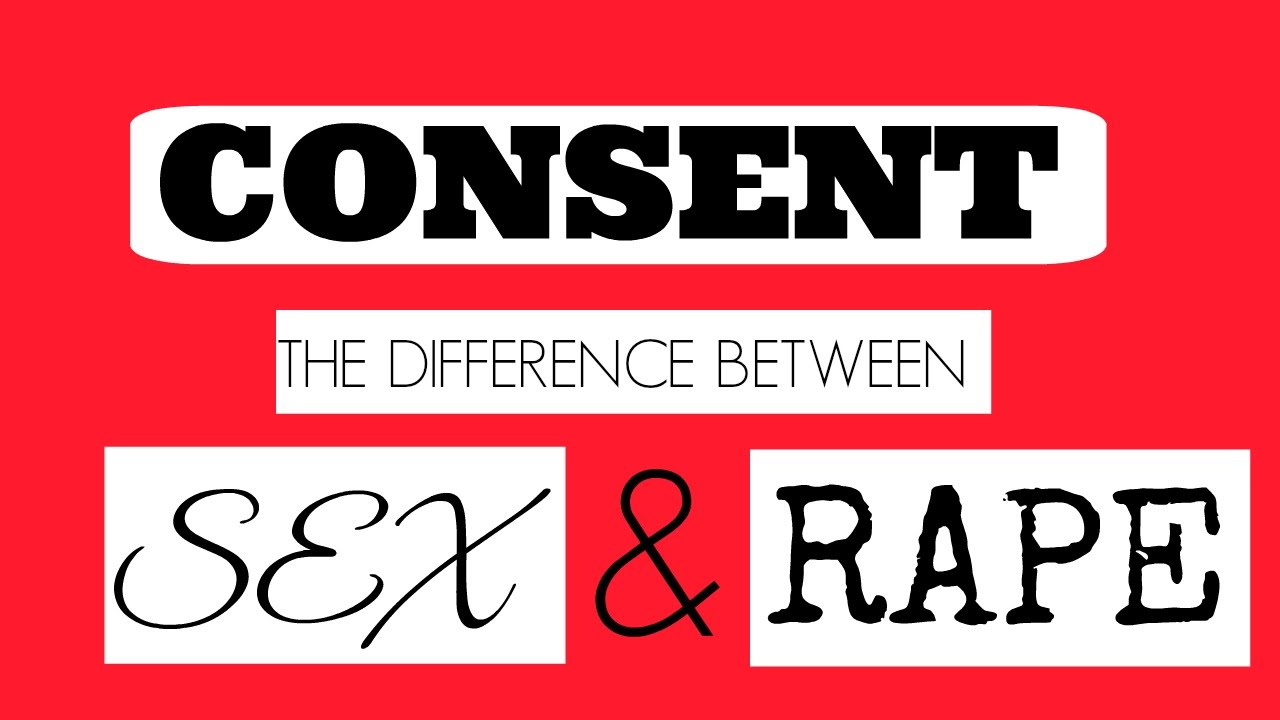A Matter Of Consent
Sexual consent has been discussed widely in recent years. In fact it is important enough that it is one of the few new ideas to be added to curriculum in high school sex education classes beyond the old safe sex conversation. But when it comes to the matter of consent, how do we define it? How do we go about asking for it?
What Is Consent?
In the University of Michigan’s Code of Conduct, they succinctly sum consent up as;
“Consent is a clear and unambiguous agreement, expressed outwardly through mutually understandable words or actions, to engage in a particular activity. Consent must be voluntarily given and cannot be obtained through coercion or force. A person who initiates a specific sexual activity is responsible for obtaining consent for that activity.”
As with lawful terms, their Code also continues to describe what isn’t consent. It isn’t consent if one refuses to acknowledge the ‘no’ said to them. It is not consent should a person be very drunk or high, regardless of their answer. Consenting to a sexual activity doesn’t automatically give consent to the same activity at a later date.
One of the most ignored ideals of giving consent is how someone dresses, or flirting with them, or even kissing them. None of these things are indications of consent. It doesn’t matter what they’re wearing, they can even be naked, but that isn’t consent to anything.
The age of giving sexual consent in Australia varies from state to state, and even then comes with a few caveats that can be read about in the earlier link. Essentially, the consenting age is 16 in all states and territories, except for SA and Tasmania where it is 17 years of age.
What Isn’t Consent?
Not saying ‘no’ doesn’t mean yes. If they seem unsure, or remain silent, or say ‘maybe’, this is not consent. It must be a clear and enthusiastic ‘yes’.
If someone accepts a ride, or a free drink, is also not consenting to anything beyond those things.
Consent to engage in one sexual activity is not consent to others. For example, consenting to anal play does not consent to anal penetration.
So Consent Needs To Be Provided Every Step Of The Way?
Absolutely. Even in a marriage, consent for sexual relations need to be given. If that sounds ridiculous to you, maybe understand that data from the National Coalition Against Domestic Violence (NCADV) estimates that between 10-14% of married women experience marital rape.
How Do I Ask For Consent?
There are so many different ways to ask for consent. Verbal communication is the most straight forward option, though longer relationships may have developed other shorthand ways of expressing consent.
Wouldn’t it feel weird, or kill the mood, stopping to ask for consent? No, in fact, asking can make things a whole lot smoother, and opens up a greater level of communication between partners. Asking someone ‘Can I kiss you?’ or saying ‘I’d really like to give you a kiss’ and their affirmative response is not going to squash any of that first kiss magic.
Just as if you’re together in bed fooling around, and perhaps you motion to take their top off, along with a little ‘Is this ok?’ won’t dampen the mood. It will help to relieve tension in fact, as your partner will know that you understand about consent, and about how they are feeling, and it’s also a cue to them that you’d like to move forward, because perhaps they were nervous to ask.
Pay Attention To Their Body Language
Beyond verbal consent, also pay attention to body language cues. If they’ve said yes to the current activity, but seem anxious or nervous, take a step back and ask ‘Is this too fast?’ Remember consent can be given at all stages, but it can also be taken back at any time. If someone changes their mind about consent, that’s perfectly fine and is to be acknowledged immediately.
If consent is refused, or revoked, it is not acceptable to ever try methods of persuasion to get them to change their mind. Consent given under persuasion or acts or physical or emotional threat, are never considered consent, especially in the eyes of the law.
How Do I Give Consent?
Beyond saying ‘yes’ to being asked for consent, there are other ways to let your partner know that you’re ready to go further. Phrases like; ‘Don’t stop’, ‘Keep going’, ‘Faster/harder’, ‘Mm, just like that’, ‘Yes, but let’s keep it nice and slow’ are all great ways to express consent without breaking the mood.
However, it’s also good to have a clear idea of how far you’re comfortable to go before getting hot and heavy. Because let’s face it, sometimes our loins get the better of us and lead us to do things we may regret the next day.
Make Sure You Feel Comfortable
As things develop, keep checking in with yourself. Do you feel comfortable? Do you feel safe? Are you ready for this, both physically and emotionally? Just because you really like them, are you sure they’re not just taking advantage of this and using you for sex?
In any relationship, whether it is long term or for the night, healthy communication is an essential part in making sure everyone feels safe and comfortable. We all have the right to have agency over our own bodies, and to ensure this is the case for both parties, we need to seek consent, and respect the answer, whichever the answer may be, and even if it changes throughout.
Wrapping Up – Matter Of Consent
Safety and respect are paramount in any sexual relationship. Always ensure that all parties give clear, enthusiastic consent. Communication is key; openly discuss boundaries and desires. Consent should be ongoing and can be withdrawn at any time.
Never pressure or coerce your partner. Respect their comfort levels and decisions. Trust and mutual respect are the foundations of a healthy sexual relationship. Prioritizing consent fosters a safe, supportive environment where everyone feels valued and heard. By valuing and respecting sexual consent, we create a culture of safety and respect for all individuals.

Discover Nala’s enchanting tales! Since age ten, she’s been crafting stories for her pleasure. Now, she shares her fantasies with 11 published books!








Leave a Reply